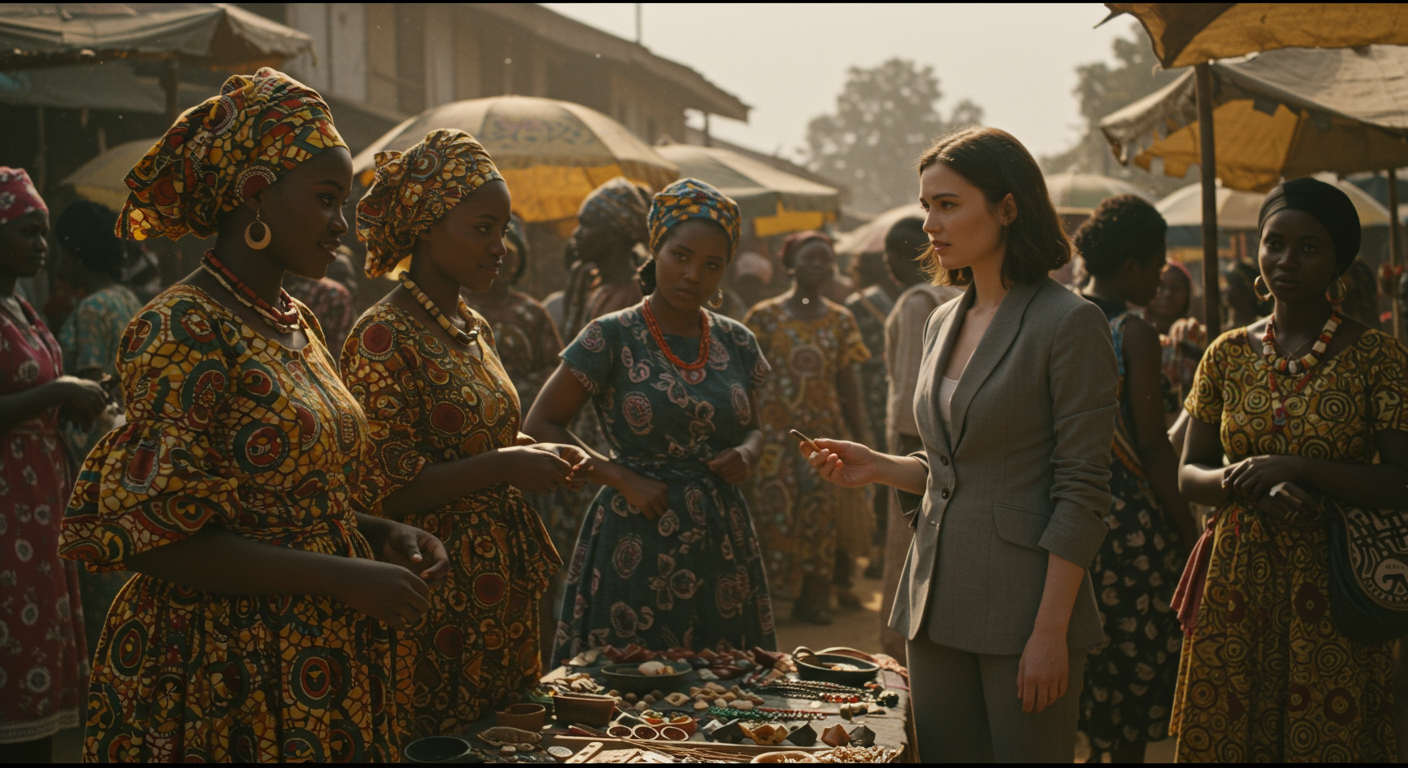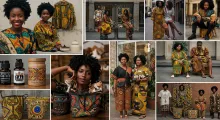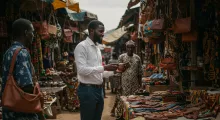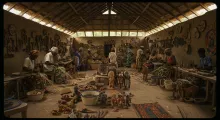African feminism is a vibrant and evolving movement that is deeply rooted in the continent’s unique histories, cultural contexts, and social realities. Unlike the mainstream narratives that sometimes frame feminism as a purely Western export, African feminism has long existed in forms that predate colonialism. From queen mothers who influenced politics to market women who controlled trade networks, African societies have had models of female leadership that challenge simplistic notions of patriarchy.
Yet, African feminism is also in a period of transformation—shaped by globalization, digital activism, and shifting generational perspectives. The tension between honoring cultural traditions and advancing gender equity creates a rich, sometimes contentious, space for dialogue.
1. The Roots of African Feminism
African feminism did not emerge in a vacuum. It draws from:
- Indigenous gender systems: In many precolonial societies, women played significant roles as political advisors, spiritual leaders, and economic powerhouses.
- Colonial disruption: European colonial structures often entrenched patriarchal systems by sidelining women’s roles in governance and land ownership.
- Post-independence struggles: Women were active in liberation movements—from Algeria’s fighters to South Africa’s anti-apartheid activists—yet were often marginalized in post-war political settlements.
Pioneers like Funmilayo Ransome-Kuti in Nigeria, Wangari Maathai in Kenya, and Ellen Johnson Sirleaf in Liberia laid the groundwork for a distinctly African feminist ethos: one that is both activist and deeply connected to community.
2. Tradition as a Resource and a Challenge
For African feminists, tradition can be both empowering and restrictive:
- Empowering traditions: Some customary practices, like communal child-rearing or female-led councils, support women’s leadership and collective power.
- Restrictive traditions: Harmful practices such as early marriage, widowhood rites, and female genital mutilation remain points of contention. Challenging them can provoke resistance from those who see such practices as core to cultural identity.
The task is not to reject tradition wholesale, but to interrogate it—preserving the parts that honor women while discarding those that harm.
3. Intersectionality in the African Context
African feminism addresses the intersections of gender with race, class, ethnicity, religion, and colonial history. The lived experience of a rural Maasai woman in Kenya is vastly different from that of an urban professional in Cape Town. This diversity means that African feminism is less about a single manifesto and more about a mosaic of struggles and priorities.
4. The Role of Language
Language shapes feminist discourse in Africa. While English, French, and Portuguese dominate academic and policy spaces, much feminist work happens in local languages—through storytelling, music, theatre, and radio. These mediums make feminist ideas accessible beyond elite circles and root them in cultural idioms.
5. Digital Transformation
Social media has given African feminism unprecedented reach. Hashtags like #BringBackOurGirls, #EndSARS, and #TotalShutdown have mobilized local and global support for gender justice causes. Online spaces allow young African feminists to bypass traditional gatekeepers, share their narratives, and connect with allies across borders.
However, digital activism also comes with risks—online harassment, government censorship, and the digital divide that leaves rural women less connected.
6. Key Areas of Focus
Modern African feminism addresses:
- Gender-based violence – Advocacy for stronger laws, better enforcement, and survivor support.
- Economic empowerment – Championing women’s entrepreneurship, access to land, and fair labor practices.
- Political participation – Pushing for quotas, representation, and inclusive governance.
- Sexual and reproductive health rights – Fighting stigma, expanding access to care, and protecting bodily autonomy.
- Education – Ensuring girls not only attend school but complete their education with equal opportunities.
7. Male Allies and Community Engagement
African feminists often stress that the movement is not anti-men. Male allies play important roles in dismantling harmful norms and promoting shared responsibilities in households and communities. Programs that involve traditional leaders, faith-based groups, and youth organizations have been effective in creating inclusive change.
8. Challenges from Within and Without
African feminism faces:
- Internal tensions – Differences in strategy between older and younger feminists, rural and urban activists, or secular and faith-based advocates.
- External pressures – The perception that feminism is “foreign” and imported, leading to accusations of cultural betrayal.
- Economic barriers – Limited funding for grassroots initiatives compared to large NGOs.
9. The Path Ahead
The future of African feminism lies in:
- Deepening grassroots engagement while leveraging global solidarity.
- Centering the voices of marginalized women—especially those in rural, conflict, or refugee contexts.
- Bridging generational divides to combine wisdom with innovation.
- Embedding feminist principles into education systems to normalize equality from an early age.
Conclusion
African feminism is not a borrowed ideology—it is a homegrown movement that reflects the continent’s complexities and aspirations. It lives in market stalls and parliaments, in protest marches and poetry, in WhatsApp groups and village meetings. Between tradition and transformation, African feminism continues to redefine what it means for women—and society at large—to thrive.
If you’re ready, I can now continue with Topic 37: “The Rise of Afro-Queer Voices in Art and Culture” so the set keeps its flow. Do you want me to go ahead?



